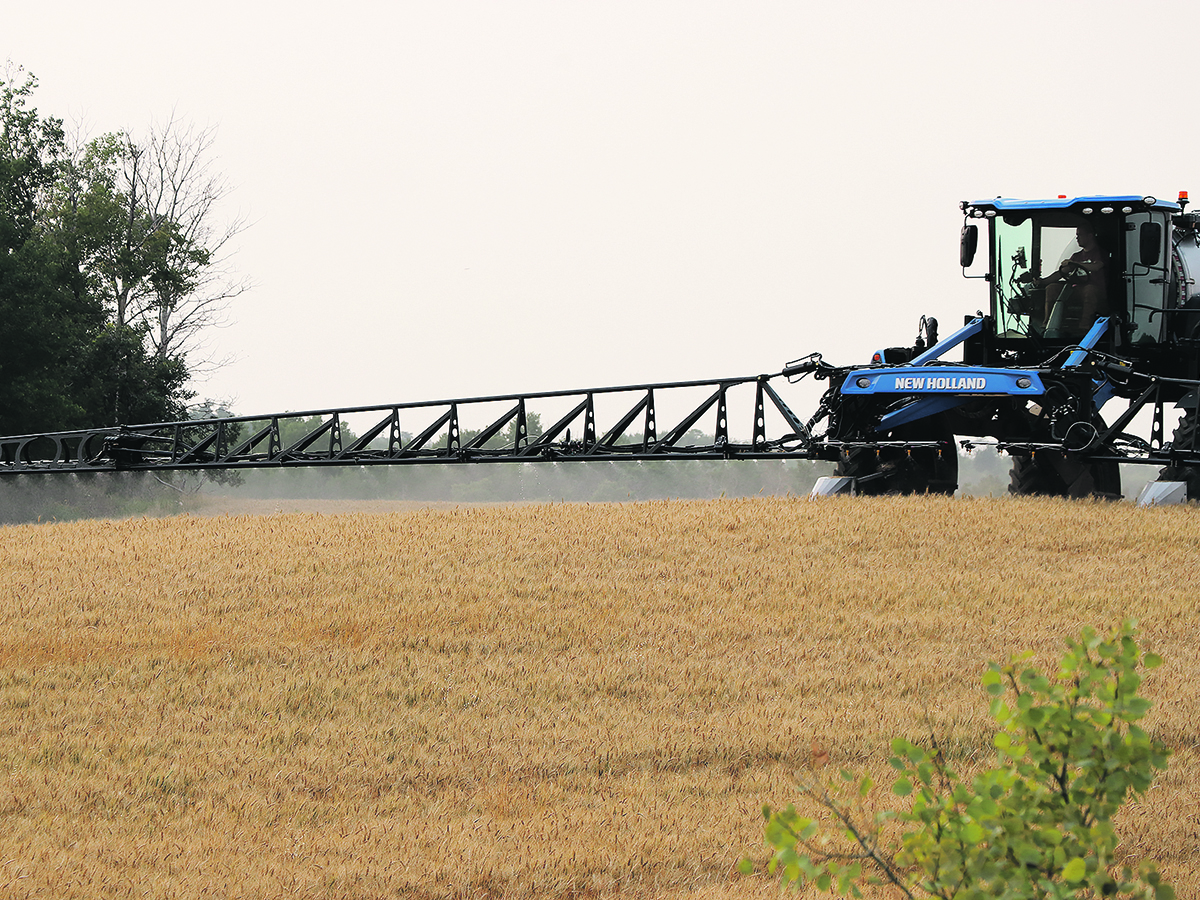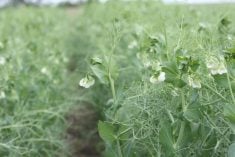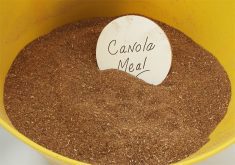Sprayer technology is one of the most constantly evolving agricultural tools for growers in Saskatchewan.
In a world of a numerous nozzles and chemicals, it’s easy to believe that the newer sprayer technology and crop science will be the most efficient and sustainable way to spray.
However, that may not be the case. Maximizing spray efficiency can be a trickier task with new sprayers.
Read Also

Fertilizer method’s link to emissions studied
A researcher says others studying greenhouse gas emissions aren’t considering how the loss of nitrogen into the atmosphere correlates with fertilizer application or if there is an impact to yield.
Tom Wolf is a spray application specialist based in Saskatoon, with more than 35 years of research and experience with sprayers. He keeps farmers updated on the latest sprayer research and technology on his website sprayers101.com.
He presented research on spray efficiency at Saskatchewan Agriculture’s Agronomy Research Update Dec. 10, which showed different ways to maximize spray efficiency, and which tools are best for the job.
“If you want to get the most out of your spray application, you have to understand droplet size. It’s the bread and butter of any spray operation. It’s efficacy, it’s coverage, it’s drift, it’s happiness,” said Wolf.
“Then tailor your sprays to the mode of action and to the weed type. Those are the two most important determining factors of whether your spray quality needs to change to a fine or a coarser spray.”
Wolf says it is beneficial to have a coarser spray rather a fine spray. A coarser droplet will improve coverage and uniformity, minimize drift and lessen the ecological and environmental impact from spraying.
“The best, most efficient of these sprays are actually the coarse and very coarse sprays,” said Wolf.
“To the credit of Saskatchewan farmers, Saskatchewan people spraying, we’ve done a good job of this.”
Certain nozzles at certain pressures can significantly reduce drift potential. Asking someone with knowledge of the sprayer or even identifying and looking up the nozzles online can show how to adjust the spray application to minimize drift.
Wolff said most sprayer nozzles are capable of creating a coarse spray with a little tuning, as well as adjusting pressure and increasing the water used. More water means more gallons per acre, which means more uniformity.
However, achieving uniformity in spray applications is becoming a more difficult task. High clearance sprayers have increased speed and boom height, which makes for a less efficient application.
“Good uniformity is ever more important,” he said.
“We’re much less uniform now than we were in the ’70s and ’80s, and we’re about to get less uniform again if we introduce drones. We’re moving in the wrong direction on uniformity, and it’s something to pay attention to.”
Wind drift is difficult to avoid in Saskatchewan, but even on the calmest of days, the sprayer itself creates a turbulence as it travels. This displaces the droplets and causes drift and less uniformity.
“We have displacing forces on our sprayers these days, and it’s called ‘huge chassis with 420 horsepower motors and 20 m.p.h. travel speed capabilities,’” said Wolf.
“Turbulence from that is very significant.”
Wolff and other sprayer researchers have done hundreds of studies on drift, which he says is always similar. About 20 per cent of the application is lost to drift.
“Eighty-two per cent in this case, the actual number from the trial, landed beneath the swath. Another 10 per cent lands just off, not far away. Another five per cent a little further away,” he said.
“Of the 18 (per cent) that we’ve lost, we’ve accounted for 15. There’s three per cent that’s missing.”
After that, there is about one per cent around five metres from the swath and 0.3 per cent travels up 120 metres away, which he says isn’t a large amount but is part of the concerns about environmental impact.
“We also have another problem, and that is 1.7 per cent goes into the atmosphere,” said Wolf.
“We’re asking the atmosphere to clean that up for us, saying ‘hey, atmosphere, can you fully degrade that please? Can you move it somewhere else and dilute it so that we don’t have to deal with it?’ and the atmosphere says, ‘no problem; how about I rain it down? Somewhere into a pristine lake where somebody will find it and say agriculture has put glyphosate in this lake?’ which is technically true.”

















